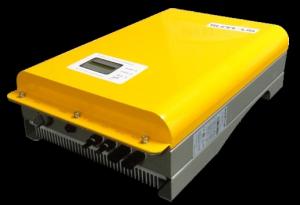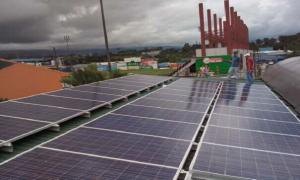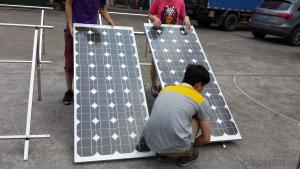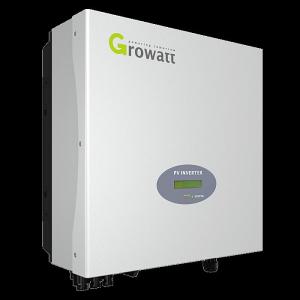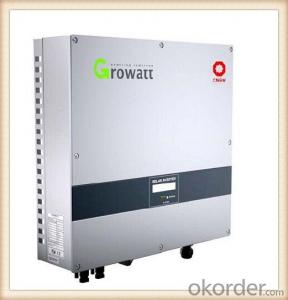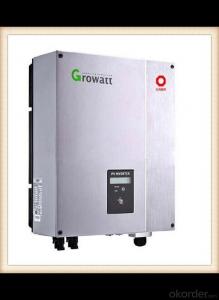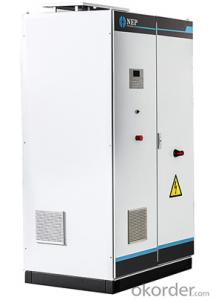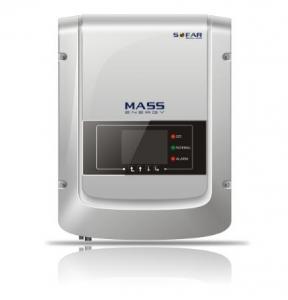Hybrid Grid Tie Solar Inverter
Hybrid Grid Tie Solar Inverter Related Searches
Grid Tie Hybrid Solar Inverter Solar Hybrid Grid Tie Inverter Grid Tie Solar Inverter Grid Tie Inverter Solar Solar Grid Tie Inverter Solar System Grid Tie Inverter Sun Grid Tie Inverter Grid-Tie Solar Inverter Solar Grid Tie Inverter Kit Grid Tie Inverter Solar Kit Solar Grid Tie Micro Inverter Grid Tie Inverter Solar Panel Solar Inverter Grid Tie Best Grid Tie Solar Inverter Best Solar Grid Tie Inverter Grid-Tied Solar Inverter Solar Grid Tied Inverter 10kw Solar Grid Tie Inverter 1kw Solar Grid Tie Inverter Grid Tie Solar Inverter Price 5kw Solar Grid Tie Inverter 1000w Solar Grid Tie Inverter Hybrid Solar Inverter On Grid Solar Grid Tie Inverter Price 3kw Solar Grid Tie Inverter Nep Solar Grid Tie Inverter Grid Connected Solar Inverter Solar Hybrid Inverter On Grid Mpp Solar Grid Tie Inverter On Grid Hybrid Solar InverterHybrid Grid Tie Solar Inverter Supplier & Manufacturer from China
Hybrid Grid Tie Solar Inverters are advanced power conversion devices that combine the functionality of both grid-tied and off-grid solar inverters. These inverters are designed to work with solar panel systems, allowing the excess energy generated to be fed back into the grid while also providing power to the local electrical system when needed. This dual functionality makes them an ideal choice for various applications, such as residential, commercial, and industrial settings.The Hybrid Grid Tie Solar Inverter is particularly useful in scenarios where there is a need for a backup power supply or when grid electricity is unreliable. It allows users to store excess solar energy in batteries for later use, ensuring a continuous power supply even during grid outages or low sunlight conditions. This makes it a versatile solution for areas with fluctuating electricity supply or for those looking to increase their energy independence.
As a leading wholesale supplier, Okorder.com offers a wide range of Hybrid Grid Tie Solar Inverters to cater to the diverse needs of customers worldwide. With a large inventory that includes various models and capacities, Okorder.com ensures that there is a suitable inverter for every solar power system, whether it's a small residential setup or a large-scale commercial installation.
Hot Products












